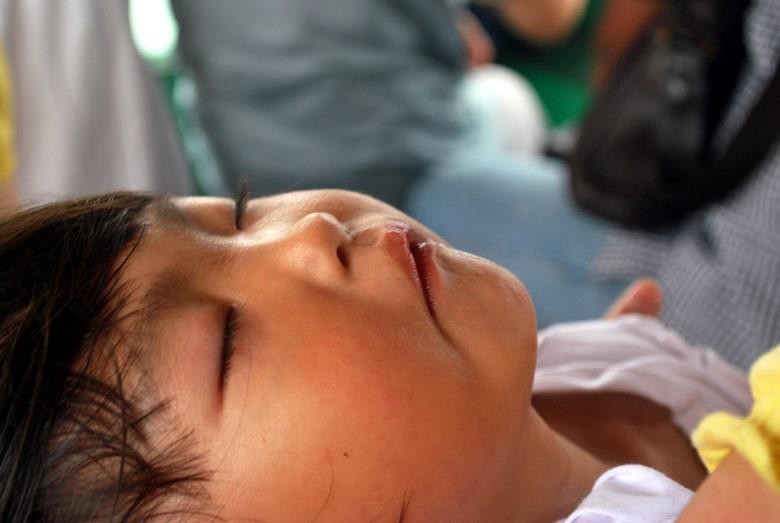49 Sleep and Early Childhood
Along with food and water, sleep is one of the human body’s most important physiological needs—we cannot live without it. Extended sleeplessness (i.e., lack of sleep for longer than a few days) has severe psychological and physical effects. Research on rats has found that a week of no sleep leads to loss of immune function, and two weeks of no sleep leads to death.
Recently, neuroscientists have learned that at least one vital function of sleep is related to learning and memory. New findings suggest that sleep plays a critical role in flagging and storing important memories, both intellectual and physical, and perhaps in making subtle connections that were invisible during waking hours.
How Much Sleep Do We Need?
The amount of sleep an individual needs varies depending on multiple factors including age, physical condition, psychological condition, and energy exertion. Just like any other human characteristic, the amount of sleep people need to function best differs among individuals, even those of the same age and gender.
Though there is no magic sleep number, there are general rules for how much sleep certain age groups need. For instance, children need more sleep per day in order to develop and function properly: up to 18 hours for newborn babies, with a declining rate as a child ages. A newborn baby spends almost 9 hours a day in REM sleep. By the age of five, only slightly over two hours is spent in REM. Studies show that young children need about 10 to 11 hours of sleep, adolescents need between 8.5 and 9.25, and adults generally need between 7 and 9 hours.

Sleepwalking (Somnambulism)
Sleepwalking (sometimes called sleepwalking disorder, somnambulism, or noctambulation) causes a person to get up and walk during the early hours of sleep. The person may sit up and look awake (though they’re actually asleep), get up and walk around, move items, or dress or undress themselves. They will have a blank stare and still be able to perform complex tasks. Some individuals also talk while in their sleep, saying meaningless words and even having arguments with people who are not there. A person who sleepwalks will be confused upon waking up and may also experience anxiety and fatigue.
Sleepwalking can be dangerous—people have been known to seriously hurt themselves during sleepwalking episodes. It is most common in children, but it also occurs occasionally in adults. For adults, alcohol, sedatives, medications, medical conditions and mental disorders are all associated with sleepwalking.
Sleep Terrors and Nightmare Disorder
Sleep terrors are characterized by a sudden arousal from deep sleep with a scream or cry, accompanied by some behavioral manifestations of intense fear. Sleep terrors typically occur in the first few hours of sleep, during stage 3 NREM sleep. Night terrors tend to happen during periods of arousal from delta sleep (i.e., slow-wave sleep). They are worse than nightmares, causing significant disorientation, panic, and anxiety. They can last up to 10 minutes, and the person may be screaming and difficult to wake. In some cases, sleep terrors continue into adulthood.
Distinct from sleep terrors is nightmare disorder. Also known as “dream anxiety disorder,” nightmare disorder is characterized by frequent nightmares. The nightmares, which often portray the individual in a situation that jeopardizes their life or personal safety, usually occur during the second half of the sleeping process, called the REM stage. Though many people experience nightmares, those with nightmare disorder experience them more frequently.[1]
In this video, Dr. Boise reviews typical sleep needs for early childhood, the importance of sleep hygiene, and three issues that can interrupt sleep.
- Children’s Development by Ana R. Leon is licensed under CC BY 4.0 ↵

